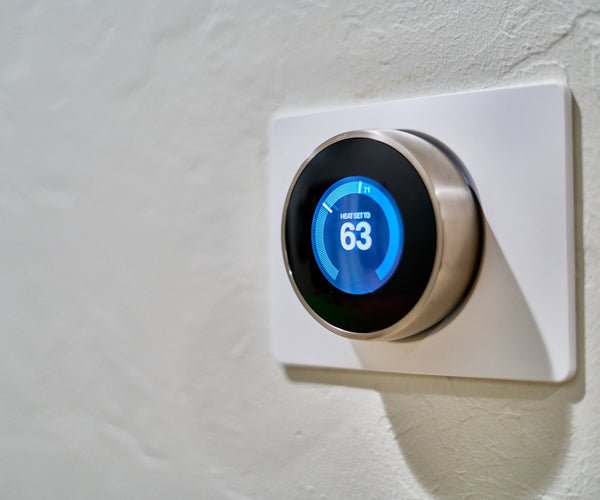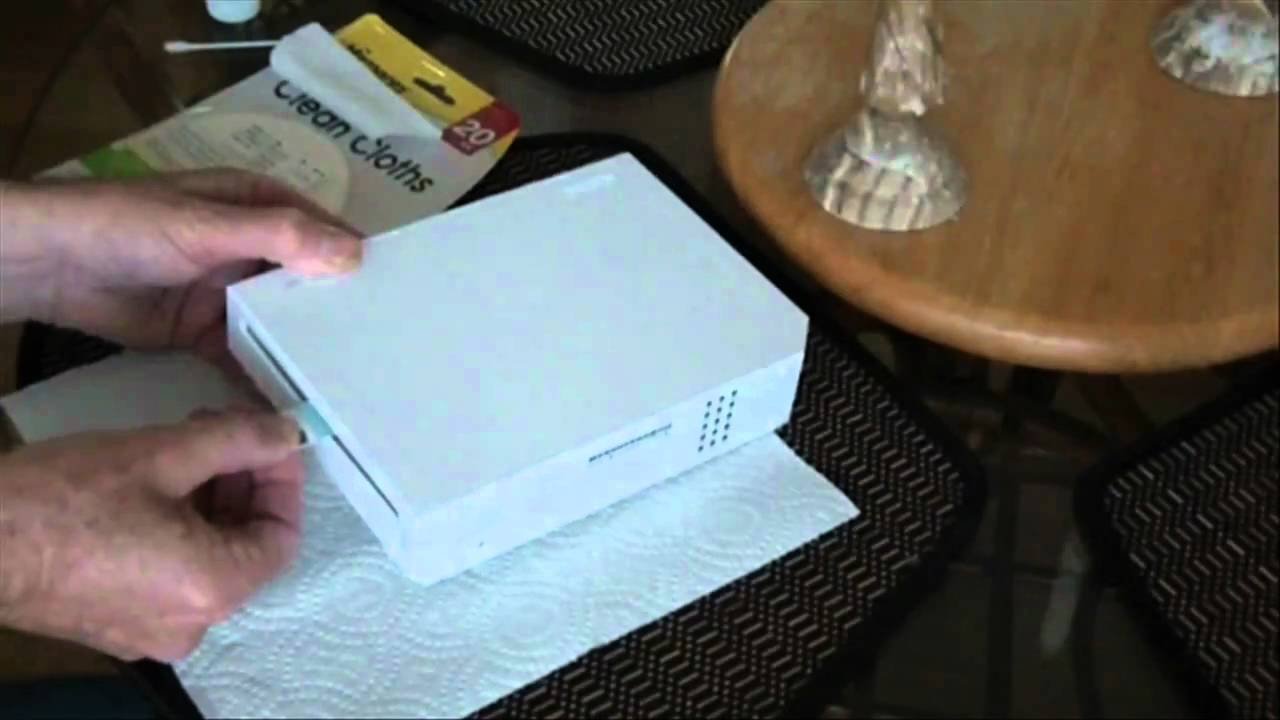How many ounces is in 100 ml? A common question with a simple answer: 3.38 ounces. Converting between milliliters and ounces can be confusing, but understanding this conversion is essential for cooking and baking. Whether you’re following a recipe from the US or UK, knowing how to accurately convert measurements is key. In this article, we will delve into the practical aspects of converting milliliters to ounces and vice versa, providing you with the knowledge to confidently navigate any recipe. Let’s explore the world of precise measurements!
How Many Ounces is in 100 ml
Welcome to our guide on understanding how many ounces are in 100 ml. This can be a confusing conversion for many, but don’t worry, we are here to simplify it for you. Whether you’re baking in the kitchen, mixing drinks, or simply curious about metric conversions, knowing how to convert between ounces and milliliters is a handy skill to have. Let’s dive in and explore this conversion in detail!
Understanding Ounces and Milliliters
Before we tackle the specific conversion of 100 ml to ounces, let’s take a moment to understand what ounces and milliliters are. Ounces are a unit of measurement used in the United States customary and British imperial systems, primarily for measuring volume. On the other hand, milliliters are a metric unit of volume widely used in many countries, including the majority of the world.
Conversion Factor
To convert milliliters to ounces, you need to know the conversion factor between these two units. The conversion factor between milliliters and ounces is approximately 29.5735. This means that 1 fluid ounce is equivalent to approximately 29.5735 milliliters.
Calculating 100 ml to Ounces
Now, let’s apply this conversion factor to answer the question of how many ounces are in 100 ml. To convert milliliters to ounces, you simply divide the volume in milliliters by the conversion factor.
So, to convert 100 ml to ounces:
100 ml ÷ 29.5735 ≈ 3.38 ounces
Therefore, 100 milliliters is approximately equal to 3.38 fluid ounces. This conversion allows you to easily switch between metric and imperial units when following recipes or preparing beverages.
Practical Applications
Understanding the conversion between milliliters and ounces can be incredibly useful in various everyday scenarios. For example, if a recipe calls for 100 ml of a certain ingredient but you prefer to work in ounces, knowing that 100 ml is equivalent to 3.38 ounces can help you measure the right amount accurately.
Baking
Bakers often come across recipes that use milliliters or ounces for ingredients. Being able to convert between these units ensures that you get the measurements right and achieve the desired outcome in your baked goods.
Cooking
Cooking is another area where the ability to convert between milliliters and ounces comes in handy. Whether you’re following a recipe from a cookbook or creating your own culinary masterpiece, accurate measurements are key to success in the kitchen.
Mixing Drinks
If you enjoy mixing cocktails or preparing beverages, having a good grasp of conversions between milliliters and ounces allows you to follow drink recipes precisely and create delicious concoctions every time.
By now, you should have a solid understanding of how many ounces are in 100 ml. Remember, the conversion factor between milliliters and ounces is approximately 29.5735, making it easy to switch between these units when needed. Whether you’re cooking, baking, or simply exploring the world of measurements, knowing how to convert between milliliters and ounces is a valuable skill to have. So go ahead, put your newfound knowledge to use, and start converting like a pro!
100 ML to OZ
Frequently Asked Questions
How can I convert 100 ml to ounces?
To convert 100 milliliters to ounces, you can use the conversion factor that 1 fluid ounce is approximately equal to 29.5735 milliliters. By dividing 100 ml by this conversion factor, you will find that 100 ml is approximately equal to 3.38 fluid ounces.
What is the equivalent amount in ounces for 100 ml?
When converting 100 milliliters to ounces, you will find that 100 ml is equal to 3.38 fluid ounces. This conversion is based on the fact that 1 fluid ounce is approximately equivalent to 29.5735 milliliters.
How much liquid volume does 100 ml represent in ounces?
100 milliliters is equivalent to approximately 3.38 fluid ounces. This conversion can be calculated by dividing 100 ml by the conversion factor of 29.5735 (ml per fluid ounce). Therefore, if you have 100 ml of liquid, it is equivalent to 3.38 fluid ounces.
Final Thoughts
In conclusion, 100 ml is equal to approximately 3.38 fluid ounces. When converting milliliters to ounces, it’s important to remember this conversion factor. Understanding how many ounces are in 100 ml can be helpful for cooking, baking, and portion control. Make sure to keep this conversion in mind for your next recipe or when measuring liquids.












